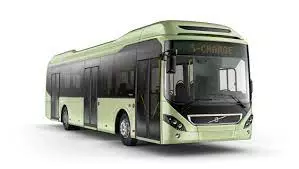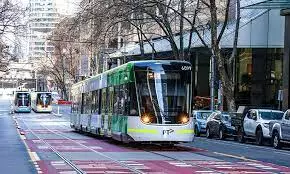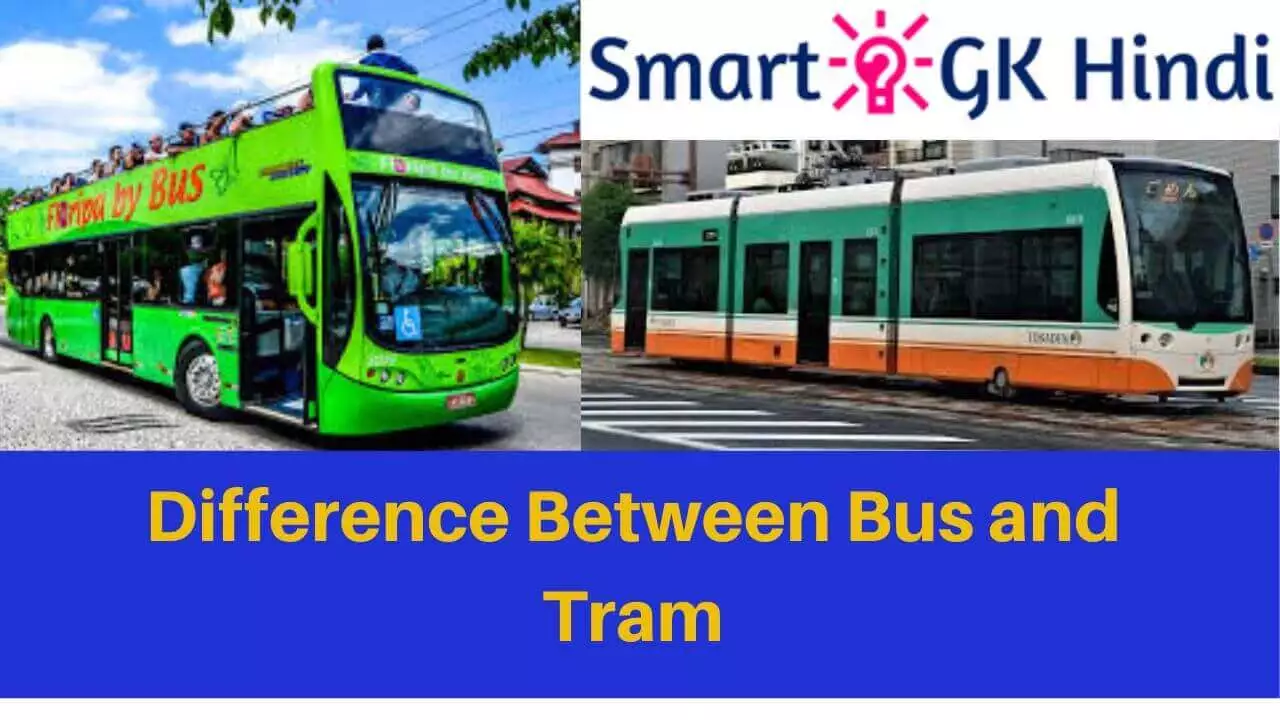Buses and trams are both forms of public transportation, but they have several key differences:
Bus

A bus is normally defined as a big public vehicle which takes passengers along a fixed route and stops regularly to let people get on and off.
Tram

Whereas a Tram is defined as a type of bus that works by electricity and that moves along special rails in the road.
Difference between Bus and Tram
We will understand the key differences between the above mentioned two types of transport on following parameters.
| Parameter | Tram | Bus |
|---|---|---|
| Track vs. Road | The most fundamental difference is that trams operate on tracks laid on the road | while buses use the road itself. Trams have a fixed path, typically in urban areas, while buses can change routes as needed |
| Power Source | Trams are typically electrically powered, drawing power from overhead wires or a third rail | Buses are usually powered by internal combustion engines (diesel or gasoline) or, increasingly, electric motors |
| Capacity | Trams often have higher passenger capacity than buses. They are usually longer and can carry more passengers, making them suitable for densely populated urban areas. | Whereas buses have lower passenger capacity than Trams |
| Stops | Trams have designated tram stops that are fixed along their tracks. | While buses can stop at any designated bus stop or even on request. |
| Infrastructure | Trams require dedicated tracks and overhead wires or a third rail for power, which can be costly to install and maintain. | Buses require less infrastructure and can be more flexible in terms of routes. |
| Ride Comfort | Trams tend to offer a smoother and more stable ride due to their fixed tracks. | Buses can be affected by road conditions and traffic, potentially leading to a bumpier ride. |
| Environmental Impact | Electric trams are generally considered more environmentally friendly than buses powered by internal combustion engines because they produce zero tailpipe emissions. | Typically buses are generally not considered more environment friendly when compared to trams. Though we have exceptions like e Buses and Hydrogen Buses. |
| Accessibility | Trams may require additional infrastructure for accessibility. | Buses are often more accessible to passengers with mobility challenges because they can kneel or have ramps for easy boarding |
| Cost | The initial cost of setting up tram infrastructure can be high, but trams often have a longer lifespan than buses. | Buses can be more cost-effective in areas with lower passenger demand or where flexibility in routes is essential. |
In summary, trams are fixed-route, electric-powered vehicles with higher passenger capacity, while buses are more flexible in terms of routes and power sources.
The choice between the two depends on factors like population density, budget, and transportation needs in a specific area.
Read Also
- Difference between Lok Sabha and Rajya Sabha
- Difference between Turtle and Tortoise
- Difference between Resistance and Resistivity
- Difference between Manure and Fertilizer
- Difference between Lok Sabha and Rajya Sabha
